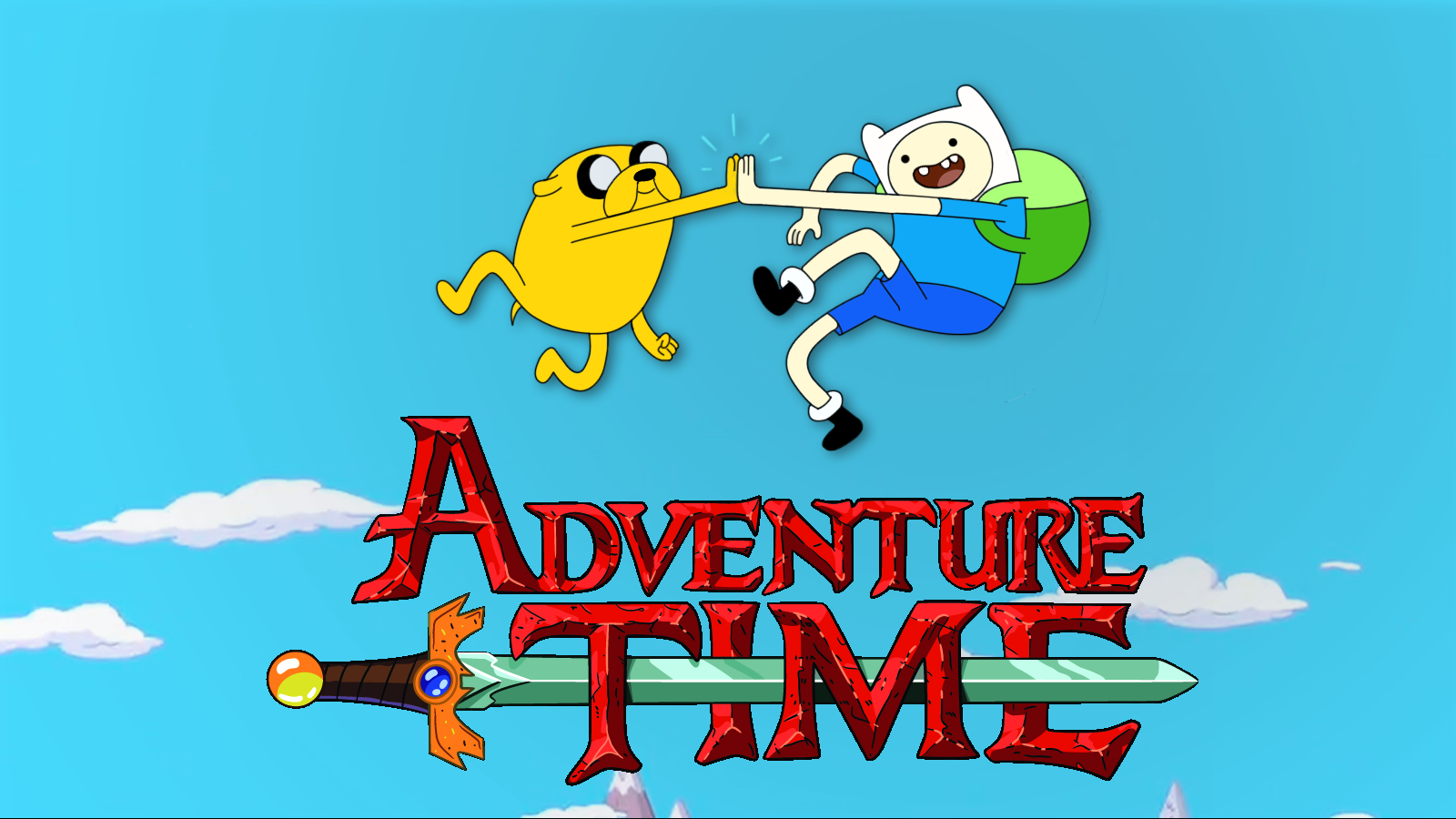Choose your own adventure
 Websites are a lot like the interactive, multiple-choice, multiple-ending book series called "Choose Your Own Adventure." As a kid, I was obsessed with the series and I wasn't alone, seeing as how it is the 4th-bestselling series for children ever published.
Websites are a lot like the interactive, multiple-choice, multiple-ending book series called "Choose Your Own Adventure." As a kid, I was obsessed with the series and I wasn't alone, seeing as how it is the 4th-bestselling series for children ever published.
In the books, the protagonist—that is, the reader—takes on a role relevant to the adventure; for example, private investigator, mountain climber, race car driver, doctor, or spy. Stories are generally gender and race neutral. The stories are formatted so that, after a couple of pages of reading, the protagonist faces two or three options, each of which leads to more options. This allows for a realistic sense of unpredictability, and leads to the possibility of repeat readings, which is one of the distinguishing features of the books.
Every time someone visits your site, they are presented with a similar scenario. Each link is a new adventure, a path that you have predetermined, but with the flexibility of choice from the visitor's end. That's why it is so important to create a strong site map and lay out the adventure right from the get-go. You create your links and content in a way that provides effortless clicks through the story you are trying to tell them, or you send them down a rabbit hole that takes all of their strength to climb out of (or they'll just leave your site).
Our Web team has worked with you to get your initial site map and links situated. Now you have to go the extra step.
Create the paths and choices for your user within your text. Link them to related pages within your site, or on other sites with related or similar content. If your page talks about admissions requirements, link to the requirements page! Don't make them dig for the info, because they'll end up down a path that may not lead them back to your site. If you are bragging about your faculty members, link to articles that highlight their work or publications.
Write down user scenarios (tasks you think people commonly visit your site to perform) and conduct user tests to see if the paths you've put in place for that information are intuitive. Your test subject may think to take a different path, or may give up if you've made things too complicated.
Your job as a storyteller is to ensure the best user experience possible while trying to take into account all of the various paths users may take to get to the same information. So get excited and start building interesting, informative adventures for all of your target users.